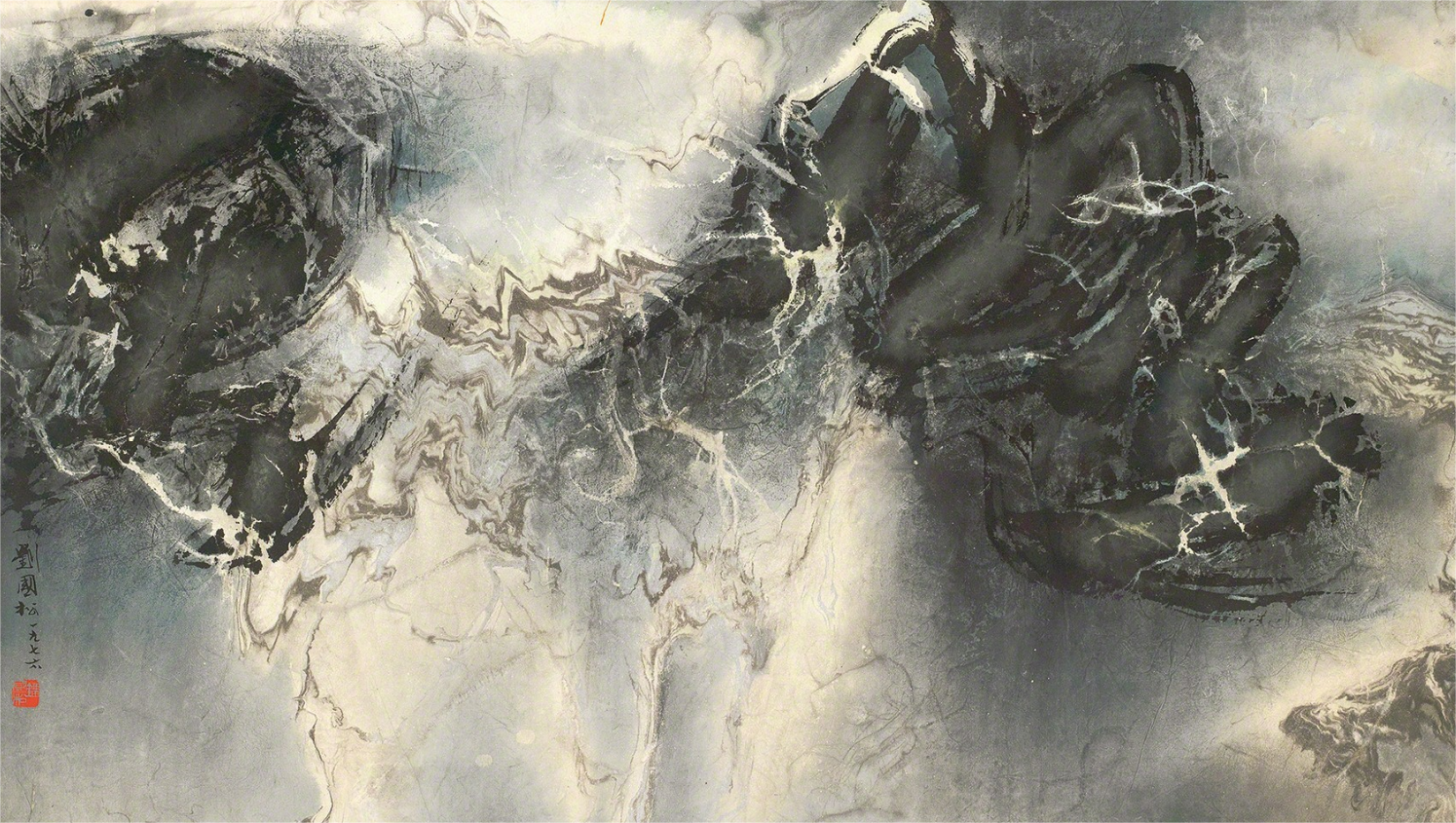Exploring Chinese Landscape Painting: Create Your Own Landscape Art Works

Summary
This toolkit provides relevant resources, basic features, and spiritual connotations of Chinese landscape painting. It is hoped that learners can use any materials and methods to create their own landscape art works. This open toolkit is suitable for all art enthusiasts interested in traditional Chinese art, helping them explore and practice the unique charm of Chinese landscape painting,expressing one's emotions, and exploring the value and influence of Chinese landscape painting on contemporary art. There are five steps, from appreciation and understanding to practice, criticism, and reflection, providing new possibilities for contemporary art.
Introduction:
Chinese landscape painting emphasizes the harmony between humans and nature, inviting us to enter the creative realm of meditation. Its basic characteristics can provide new ways for expression in contemporary art practice. The artistic philosophy it embodies is not limited by complex techniques or materials, allowing the essence of scenery to flow freely onto the paper. By understanding the traditional Chinese landscape painting and using any materials at hand to express a unique perspective on the natural world. The works created in this way not only capture the visual effects of the landscape, but also capture its emotional expression. Through this process, people can establish a deep connection with their works, embed personal feelings and the shared emotions of others into works.
step1
Choose a favorite Chinese landscape painting(3min)
Here are two resources that can be accessed to obtain high-definition images of Chinese landscape painting. After browsing the website, choose a landscape painting that you are interested in and enjoy, and learn about the background and artistic characteristics of the selected work.
https://www.dpm.org.cn/collection/paints
http://www.xuehuahua.cc/guohua/guohuashanshui

Ma Yuan, Treading on Songs in Snow, Southern Song dynasty, silk, color, 192.5 cm x 111 cm.
step2
Learn about Chinese landscape painting(3min)
Read the following content:
“San Yuan” (Three Perspectives): Chinese landscape painting uses unique perspective techniques, including up view(depicting distant mountains in the upper part of the painting),down view(creating a sense of depth through the fading of clouds and air), and level view (showing spatial depth through parallel lines and contrasts of near and far objects). These perspective techniques help artists create a sense of profound space on a two-dimensional plane.
Blank Space and Artistic Conception: The use of blank space in Chinese landscape painting differs significantly from the Western practice of filling every inch of the canvas. Negative space is not only for balance and harmony but also to stimulate the viewer’s imagination, allowing them to fill these voids mentally and thus engage with the deeper artistic conception of the painting.
Chinese painting is characterized by an open and ambiguous space that can accommodate physical objects in different times and spaces, reflecting a unique Chinese “way of seeing”
Chinese painters use various methods to reconstruct the relationship between time and space and physical images. They emphasize spirit over form, and do not strictly adhere to realism. The methods and concepts used by Chinese landscape painters to handle spatial relationships are not about physical space but about subjective imagery
Step3
Practical experience (5 minutes)
Using different materials and methods, create your own work on paper based on what you have previously appreciated and learned.
You can use any material (pen, tissue, earphones, leaf and all available materials around) and method (painting, collage,copying on tracing paper) to make an art work about landscape.

step4
Emotional expression and sharing (5 minutes)
Read the following text to understand the role of colophons in Chinese landscape painting, as well as their influence on expressing emotions.
The concept of colophons in Chinese painting refers to the text added by the painter, collector, or critic on a Chinese painting. These texts can include poems, praises, critiques, inscriptions, signatures, dates, seals, and more. Colophons play a unique and important role in Chinese paintings, not only adding artistic value and historical information to the artwork but also providing subsequent viewers with a deeper understanding and appreciation of the painting.
Record your emotions and thoughts in the blank space of the artwork, share them with others, and have them write down their feelings when they see your work, promoting communication and discussion.

Zhao Mengfu. Autumn Colors on the Qiao and Hua Mountains. Ink and colors on paper, handscroll, 28.4 cm x 93.2 cm.
step5
Group discussion and reflection (5 minutes)
Conduct discussions, share ideas, discoveries, and challenges in the creative process, as well as the value and impact of Chinese landscape painting on contemporary art. (From multiple perspectives)
Here are some contemporary art works influenced by Chinese landscape painting:
Qiu Anxiong’s Animation Works:
https://www.qiuanxiong.net/cn/index.html
Liu Dan’s Ink Landscape:
https://www.theartstory.org/artist/liu-dan/
Yang Yongliang’s Digital Landscape:
https://www.yangyongliang.com/
Wang Yan Preston’s “Forest” series:
https://www.yanwangpreston.com/
References:
Lee, D. D. (2012). ‘Colophons, reception, and Chinese painting’, Word & Image, 28(1), pp. 84-99.
Liu, L. (2021). ‘The Basic Features of Traditional Chinese Landscape Painting’, in Social Sciences and Humanities Proceedings, The 5th International Conference on Art Studies: Research, Experience, Education (ICASSEE 2021), vol. 1, pp. 17-27. Amsterdam: Amsterdam University Press.
Zhang, H. (2005). ‘Re-Reading Inscriptions in Chinese Scroll Painting: The Eleventh to the Fourteenth Centuries’, Art History, 28(5), pp. 606–625.


